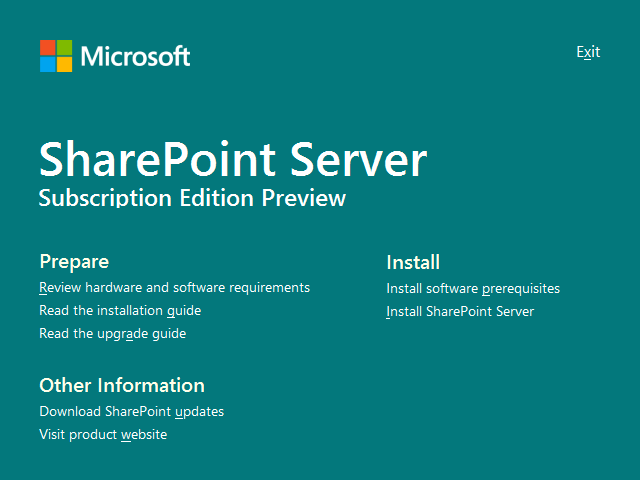
Strengthen Security With Enhanced Reporting Feature In Microsoft Azure Active Directory
Microsoft has released a preview of a new feature – Report Suspicious Activity – in Azure Active Directory (Azure AD), which supplies specific information about login attempts and authentication requests for Multi-Factor Authentication (MFA). By enabling this feature, administrators can receive reports of fraudulent activity from users and take appropriate action to mitigate any risk.
The Report Suspicious Activity feature allows users to report any questionable login attempts they did not initiate when they receive an authentication request. Administrators can view reports that provide detailed information on login attempts, which can help pinpoint and intercept threats before damage is done.

If you have the reporting feature disabled (which is the current default for everyone, as it is still in preview), users can only deny unauthorized login attempts by selecting “Deny” or “No, it’s not me” when prompted in the Microsoft Authenticator App. While this temporarily prevents an attacker from accessing the targeted user’s account, it does not notify administrators of a potential safety risk, which can cause questionable and dangerous activity to go unnoticed. With the new reporting feature, users can take it a step further and have the option to report unknown login attempts themselves for further investigation. Additionally, the user status will change to high risk, alerting admins of the event.
Enabling the reporting feature has no major downsides. However, users may be blocked from accessing their account after submitting a report. To prevent productivity interruptions, administrators can implement Self-Service Password Reset (SSPR) for their organization, allowing users to reset their password without needing an IT admin. Additionally, enabling SSPR can increase your organization’s Secure Score – a measurement of your organization’s security level that can be elevated by adhering to recommendations for various Microsoft products.
To enable the reporting service feature, administrators can navigate to their organization through Azure AD, then click on Security, Authentication Methods, and Settings. From there, you can enable the feature for a specific group or the entire organization. After enabling the feature, any suspicious activity reports will be available in Azure AD (under Security and Risk Detections). These reports will be labelled as User Reported Suspicious Activity for Detection Type and provide detailed information that can be used to take precautionary measures.
The reporting feature is useful for organizations that value security and want to proactively detect and handle potential threats. It is particularly beneficial for small and medium-sized organizations with limited IT resources, as it allows users to contribute to their organization’s security posture. By enabling this feature, administrators can preemptively identify and repair issues and give users reporting power to help strengthen the organization’s overall security.
Thank you for reading this post! If you enjoyed it, I encourage you to check out some of our other content on this blog. We have a range of articles on various topics that I think you’ll find interesting. Don’t forget to subscribe to our newsletter to stay updated with all of the latest information on Imaginet’s recent successful projects

discover more
The Power of DevOps in Business Intelligence
Common pain points experienced when building Business Intelligence (BI) data assets and how Imaginet uses DevOps to mitigate them. If you’re a Business Intelligence developer, have you experienced some of…
New Version of SharePoint On-Premise
SharePoint has been a leading content management and collaboration tool for organizations for over two decades. With the release of the new version of SharePoint On-Premise, users can expect to…
What Is A Hybrid Workplace?
Discover the advantages of a hybrid workplace and how it can help your business succeed. Learn how to create a flexible work environment that allows employees to work remotely while…
Let’s build something amazing together
From concept to handoff, we’d love to learn more about what you are working on.
Send us a message below or call us at 1-800-989-6022.




